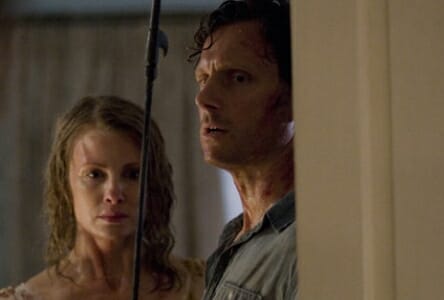The Last House on the Left

Release Date: March 13
Director: Dennis Iliadis
Writers: Adam Alleca, Carl Ellsworth
Cinematographer: Sharone Meir
Starring: Tony Goldwyn, Monica Potter, Sara Paxton, Garret Dillahunt, Spencer Treat Clark, Riki Lindhome, Aaron Paul, Martha MacIsaac
Studio/Run Time: Rogue, 100 mins.
Fearsomely brutal film does what it sets out to do, but then what?
-

-

-

-

-

-

-

-

-

-

-

-

-

-

-

-

-

-

-

-

-

-

-

-

-

-

-

-

-

-

-

-

-

-

-

-

-

-

-

-








































